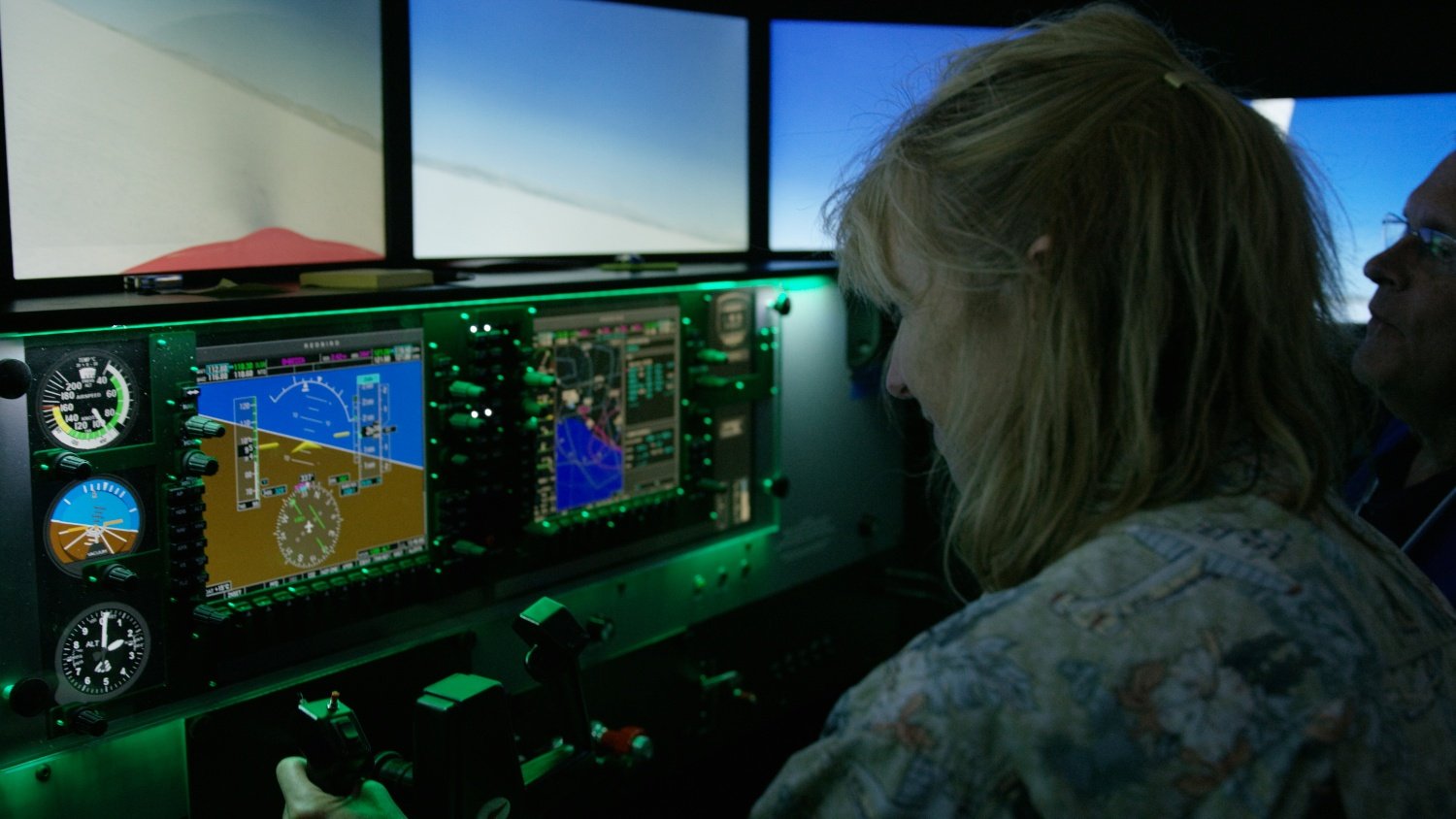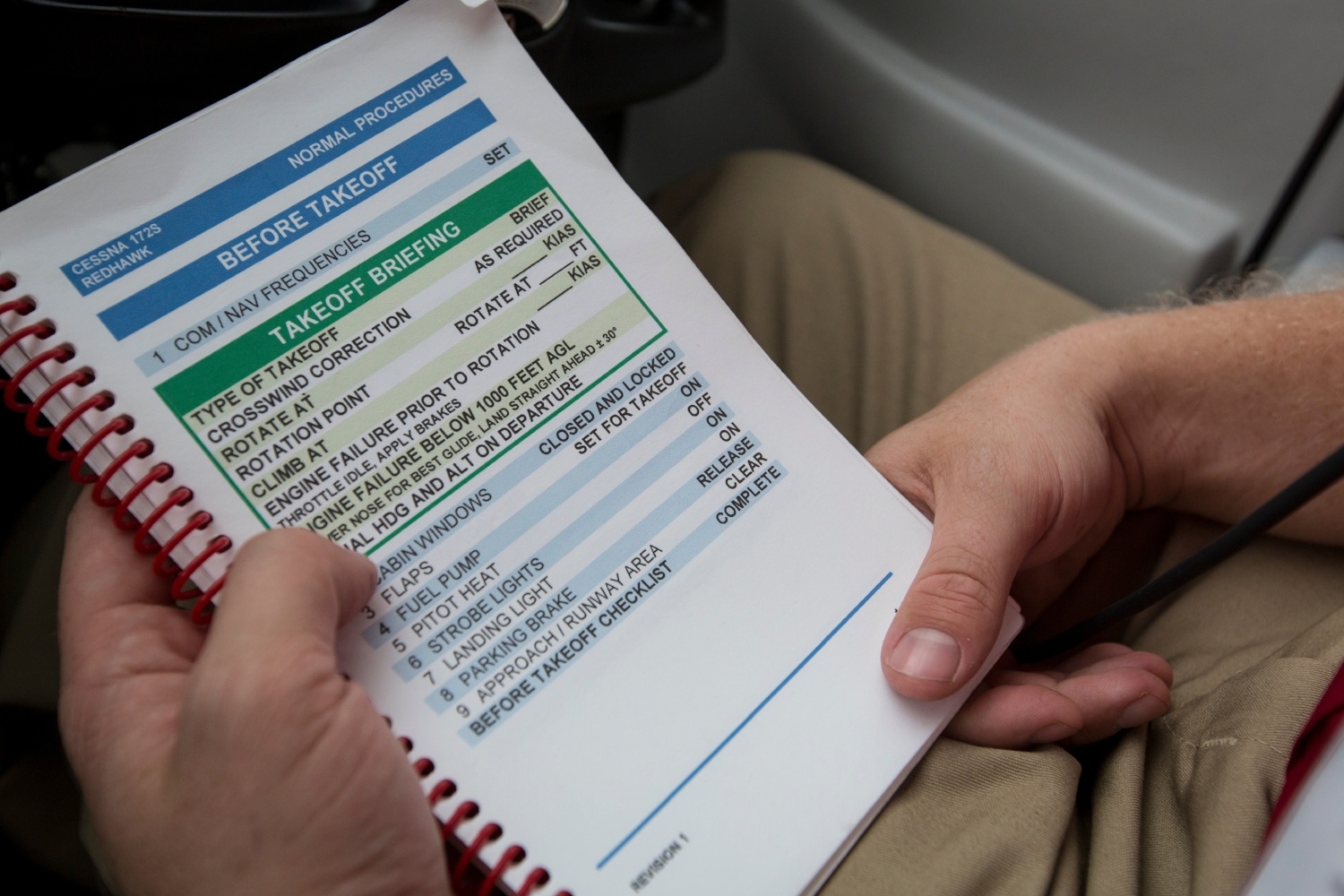Why Frustration is an Important Part of Flight Training
“Every adversity, every failure, every heartache carries with it the seed of an equal or greater benefit.” - Napolean Hill
Ever have one of those months where the weather doesn’t cooperate with your flight schedule? Often - and maybe especially - in the winter, the weather gets us down. High winds one week, snowstorms the next, frost in the mornings and low visibility in the afternoon… it seems like there’s always some unfortunate weather condition that causes us to delay or cancel flights. Throw in the usual illness, business meetings, and broken airplanes that cause occasional cancellations and before you know it the month is over, you’ve canceled with the same student six times, and everyone is frustrated. Sound familiar?
Of course, there’s not much we can do in these circumstances. We can’t turn off the weather. We can’t predict when illness will strike. And we can’t ignore the squawk book entry that says the airspeed indicator is inoperative. And as tempting as it might be - and this is the hard part - we can’t compromise on our personal limitations.
We can commiserate about how frustrating it is to cancel the sixth flight in a row, or we can work with students to get them to understand that frustration is part of the flight training process, and an important part of a pilot’s risk management process. Maybe it’s better to embrace these interruptions than to fight them. And maybe we can even view these setbacks as opportunities to learn, because out of these frustrations come a few valuable teaching opportunities. Our personal limitations and our decision-making skills are put to the test during these times, providing us with a few good opportunities to discuss these topics with our students, but more importantly, it’s a great opportunity to demonstrate the important of patience, risk management, and good decision-making to your students, even when we’re frustrated.
As instructors, we share in a student’s frustration, and it can be tempting to stretch our own personal limitations just to get in the air. After being grounded for five days straight because of the wind, we start to tell ourselves, It’s not that bad. That’s what intersecting runways are for. Or, It’ll be good crosswind practice. Or, we tell ourselves that the low ceiling we normally won’t go out out in isn’t really that bad. We can stay below the clouds if we just work on ground reference maneuvers.
Hopefully those thoughts are fleeting, and you come to your senses before you speak them out loud. Because this is a perfect opportunity to remain steadfast and show your student that consistency with risk management and personal limitations is important, and that the risk does not disappear because we become impatient. And the best way to demonstrate that is through your actions and your convictions about your personal limitations. The “do what I say, not what I do” mentality is not going to work. In fact, it’s a really good way to get your students to push their own personal limitations when you’re not looking.
Frustration in the form of canceled flights also provides us with opportunities to do a number of other things. Instead of just canceling the flight, be flexible. Perhaps you can take the time to sit on the ramp and become familiar with the GPS, or hop into the simulator and practice VOR tracking. Or take the opportunity to just get to know your student and offer to buy him lunch and find out more about why he wants to become a pilot.
At the very least, we should use every canceled flight to review the decision-making process itself. If the flight is cancelled due to the thunderstorms in the area, discuss with your student exactly what the convective outlook shows, and review the elements of a Convective Sigmet. If you canceled an IFR flight because of freezing levels, look for PIREPs that might report those conditions you were trying to avoid. If there’s a pilot report for your area for moderate rime icing during the descent, send it to your student as a follow-up to reinforce that his decision to cancel was a good one.
We often get caught up in the frustrations of setbacks during flight training. But by using those frustrating moments as opportunities to teach your students about solid risk management skills and to reinforce good decision-making, you can turn some of the frustration into a teaching moment. Turning setbacks into opportunities can raise awareness for students, reinforcing that this is just part of being a pilot, and making it less likely that they’ll try to push the limits on their own later on.
There is opportunity in every flight training challenge. As instructors, it’s our job to find it.
Share this
You May Also Like
These Related Articles

Teaching Through a Learning Plateau

Creating Scenarios for Scenario-Based Training
